Table of Content
November is known as the month of the country and that is because all of Panama’s National Holidays take place in this month. First we fought to get our independence from the Spanish Empire and then we separated from Colombia with the help of the United States to build the Panama Canal. Check out our list to learn about other Festivities in Azuero.
Tips for traveling during Panama’s National Holidays
Locals take advantage of the opportunity to travel since there are so many holidays in November. Most people travel from November 3rd to 5th and the days before or after depending on whether it falls on a weekend. November 4th is not a day off, but as with Carnival dates, it is common to make up the day so as not to interrupt the holidays.
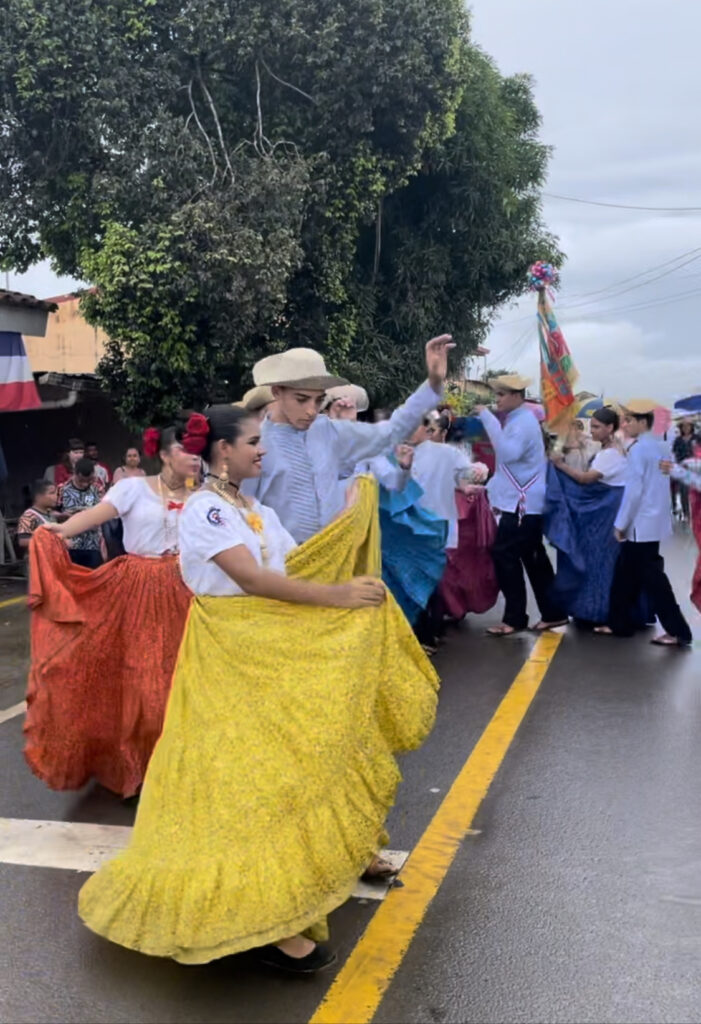
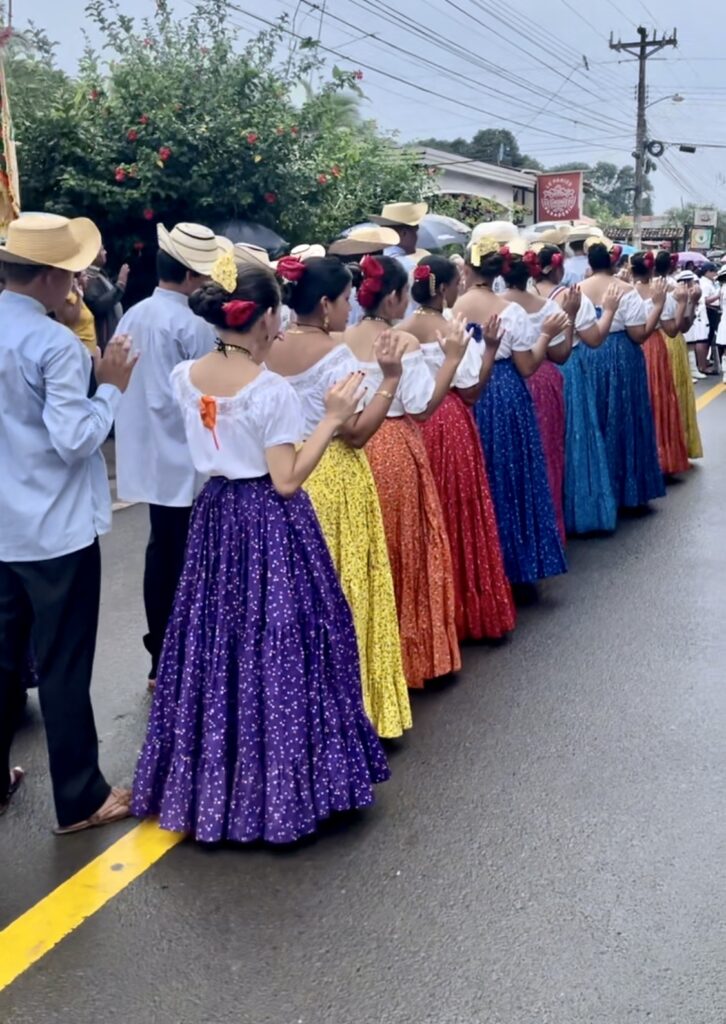
Fewer people travel on November 10 and 28. There is usually a lot of tourist activity if it falls on a Friday or Monday, so people can take several days to celebrate Panama’s National Holidays. If it falls on a weekday, people stay in the city and do not travel to the interior.
Traveling during Panama’s National Holidays requires planning, as you have to book in advance because all accommodations fill up. It is recommended to book a hotel in Pedasi or a hotel in Playa Venao one or two months before the dates. It is not as crowded as Carnival, which requires booking many months in advance.
Many businesses, which do not depend on tourism, will be closed during these dates. It is best to plan ahead if you have to run any errands beforehand. Most shops, banks, government offices and services will be closed. Supermarkets remain open and restaurants in tourist spots outside the capital.
If possible, try to travel to the countryside a day or two later than the rest of the population, as traffic is unbearable. Usually lane reversals are made to leave the city on the day most people travel and to enter the city on the day most people return. It is recommended to have everything in your vehicle in order to avoid problems with the police. This includes your car insurance policy and inspection. Also check your tires for wear.

November 2nd is All Souls’ Day, a day of mourning and prohibition. This means that the sale of alcohol is prohibited nationwide and there can be no noise. The radio plays solemn music all day long.
What to see during Panama’s National Holidays?
Panama’s National Holidays offer more family-friendly activities than other festivities such as Carnival. Expect to see parades where school delegations, government institutions, associations and other participants march. These bands practice for weeks in advance of the festivities. Some have choreographers, folklorists, directors and musical instructors. The most famous have even managed to represent Panama abroad.

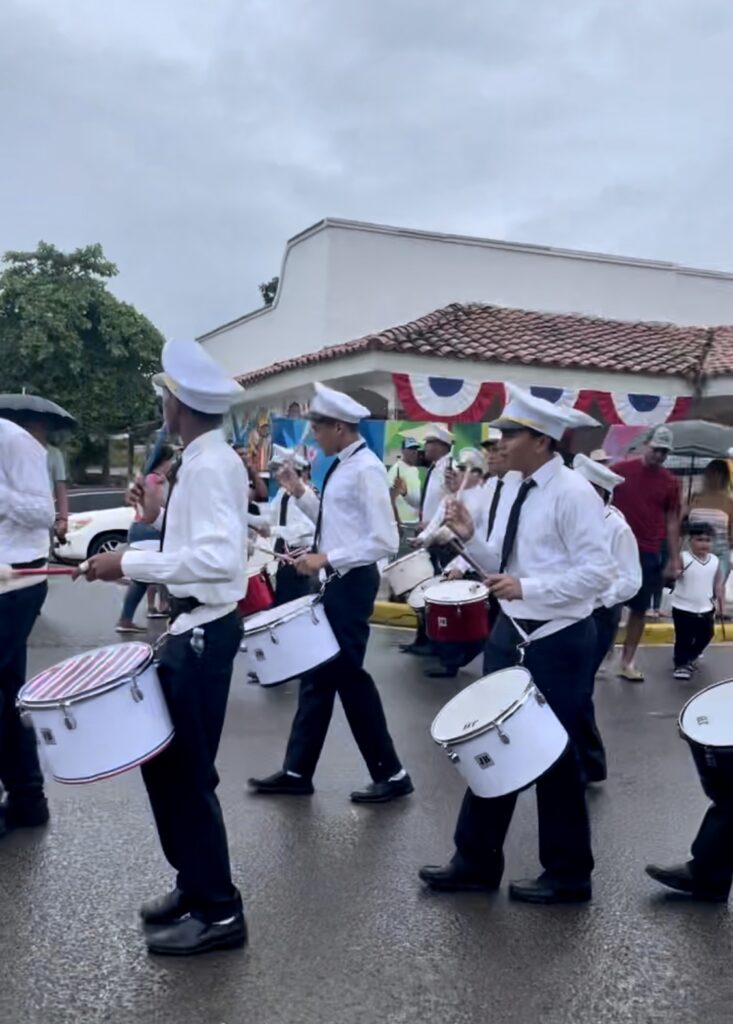
Try different Panamanian dishes such as rice with chicken, fair salad, sancocho, chicharrones, chorizos, meat on a stick, empanadas, carimañolas and much more at the stalls that are set up in the parades and at local fondas.
Which are Panama’s National Holidays and what is celebrated?
November 3 – Separation from Colombia
In theory, November 3rd is not an independence as such, since Panama voluntarily joined the great Colombia supporting the dream of Simon Bolivar (visit the Bolivar Palace in the Casco Viejo of Panama). Originally it was Colombia, Panama, Venezuela and Ecuador. These two countries separated voluntarily and only Colombia and Panama remained, which did not have the strength to achieve a peaceful separation.
Panama actually achieved its separation from Colombia through the United States, which intervened with the desire to build the Panama Canal. The members of the Revolutionary Board were: Jose Agustin Arango, Manuel Amador Guerrero, Nicanor de Obarrio, Ricardo Arias, Federico Boyd (my grandfather’s grandfather), Carlos Constantino Arosemena, Tomas Arias and Manuel Espinosa Batista.
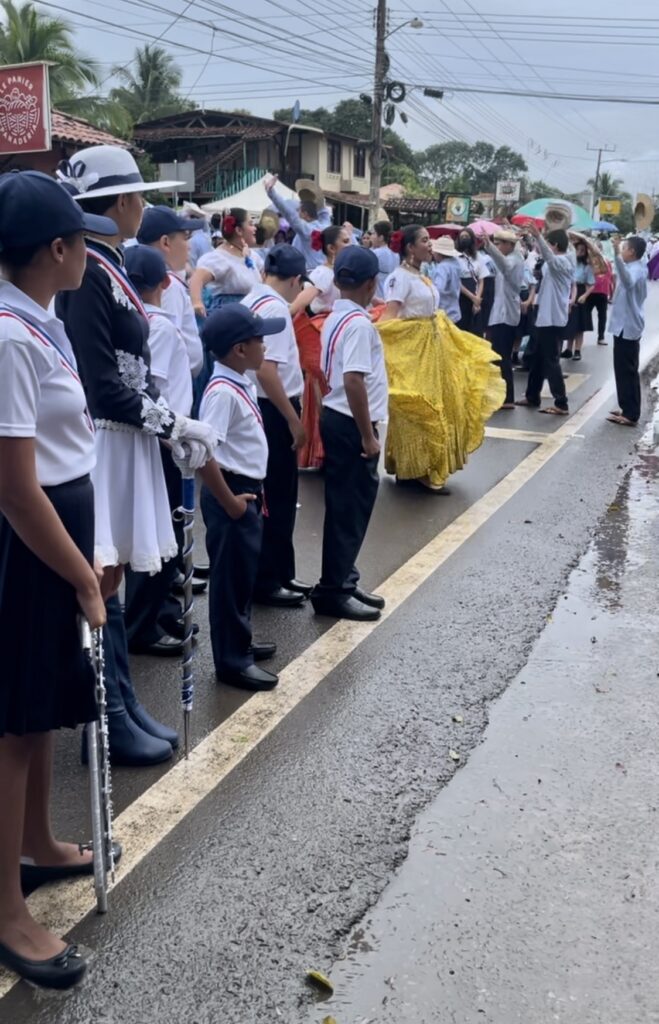
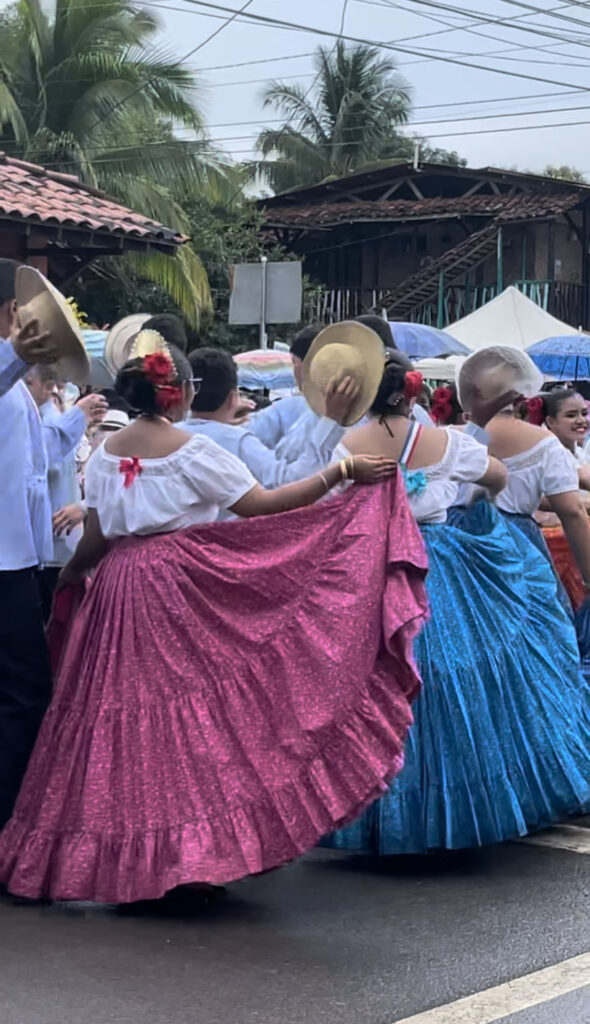
November 4 – Panamanian National Symbols
Panama’s National Holidays pay tribute to the national symbols that include the flag, anthem and coat of arms as stated in Article 6 of the National Constitution of 1946. The flag of Panama was created by Maria Ossa de Amador (the wife of the first president of Panama, Manuel Amador Guerrero) and her son, Manuel Amador Terreros. The coat of arms was created through a contest organized by the Provisional Government Board. The brothers Sebastian and Nicanor Villalaz were the winners. The national anthem of Panama was composed by the poet Jeronimo de la Ossa and the Spanish musician Santos Jorge.
November 5 – Separation of Colon
On November 5, Panama’s separation from Colombia is consolidated when Colombian troops leave the province of Colon after reaching agreements with members of the Revolutionary Board of this province. This day is a national holiday but is celebrated mainly in Colon.
November 10 – Cry of Independence
Legend has it that Rufina Alfaro, a resident of La Villa de Los Santos, was the first person to shout the word freedom. November 10, 1821 was the beginning of Panama’s independence from Spain. This movement was led by Segundo Villarreal, and was supported by residents of Nata, Penonome, Parita, Ocu and Santiago.
That is why this date is celebrated mainly in our province of Los Santos. La Villa is about 50 minutes from Pedasi, just across the La Villa River that separates the provinces of Herrera and Los Santos.
November 28 – Independence of Panama from Spain
Although this date of the Panama’s National Holidays is our actual independence, it is overshadowed by the festivities of November 3rd. This is due to the fact that there are so many holidays together. After what happened in Villa de Los Santos, the rejection of the Spanish empire grew. Colonel Jose de Fabrega called a secret meeting to carry out a revolution. Lacking their own army, the independentists decided to join Gran Colombia.
As an Amazon Associate I earn a small commission if you click on our links and make a purchase at no additional cost to you. This helps me to provide valuable content.

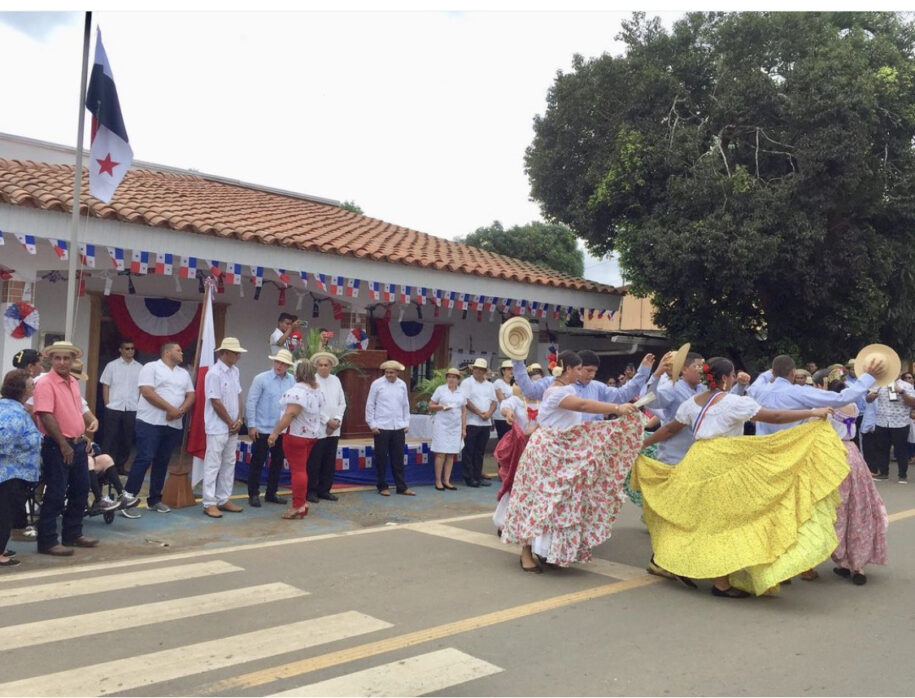

Leave a Reply
You must be logged in to post a comment.